Where the Ultra-Rich Are Buying Real Estate Now
Why the ultra-rich are flocking to new corners of the world — and what their moves reveal about real estate hot spots.

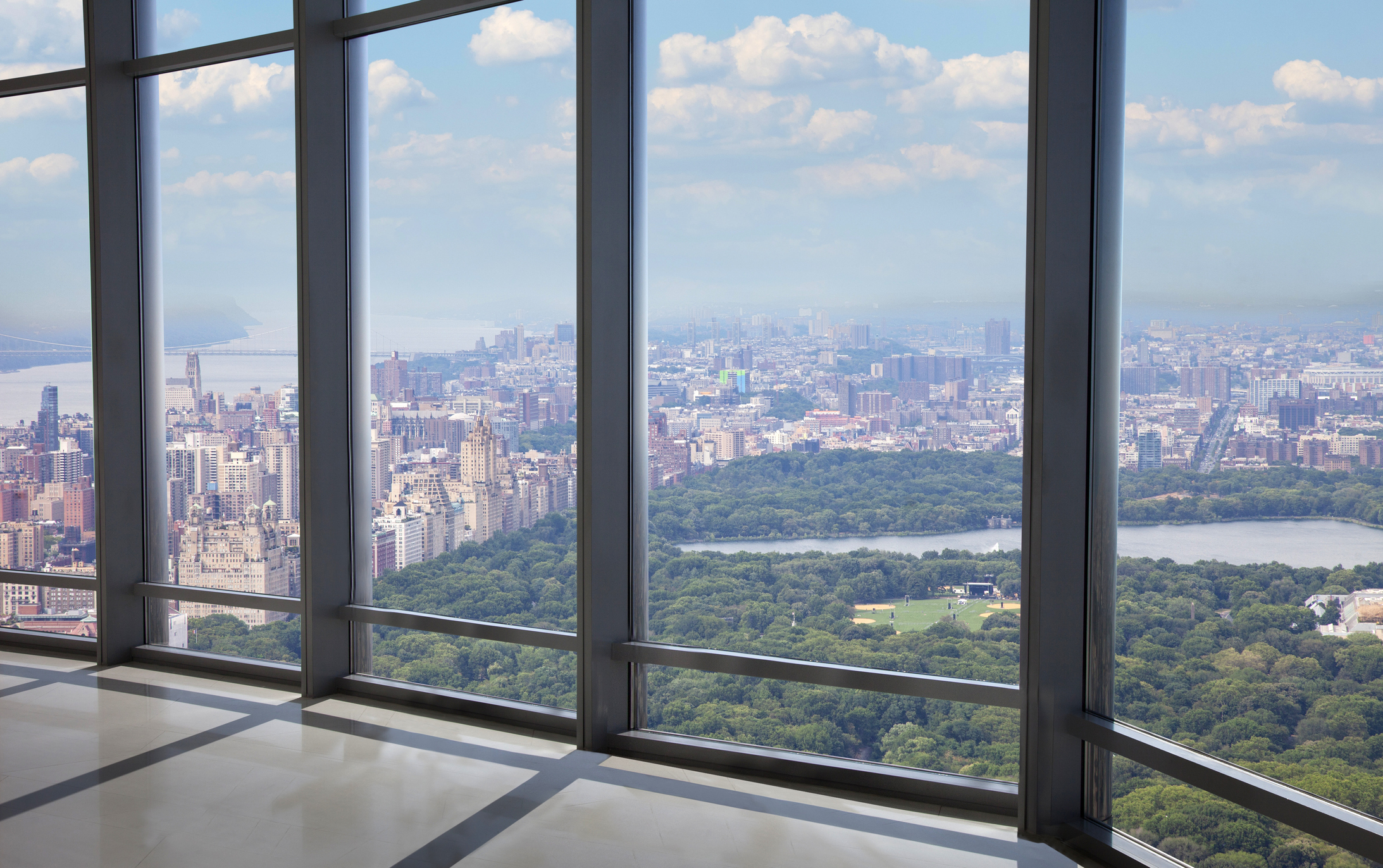
The number of ultra-wealthy individuals — those with net worths of $30 million or more — is climbing at a rapid pace. As this population expands, distinct real estate patterns are emerging, with the ultra-rich gravitating toward specific global hubs.
Major cities such as New York, Los Angeles and Hong Kong remain top choices, offering a mix of financial opportunity, cultural influence and international connectivity. These markets continue to evolve, reinforcing their status as magnets for billionaire buyers.
At the same time, new hot spots are on the rise. From Miami and Dubai to Lisbon and coastal Mediterranean towns, the ultra-rich are seeking destinations that combine tax advantages, lifestyle appeal and long-term investment potential.
From just $107.88 $24.99 for Kiplinger Personal Finance
Become a smarter, better informed investor. Subscribe from just $107.88 $24.99, plus get up to 4 Special Issues

Sign up for Kiplinger’s Free Newsletters
Profit and prosper with the best of expert advice on investing, taxes, retirement, personal finance and more - straight to your e-mail.
Profit and prosper with the best of expert advice - straight to your e-mail.
Why New York and other global hubs remain favorites
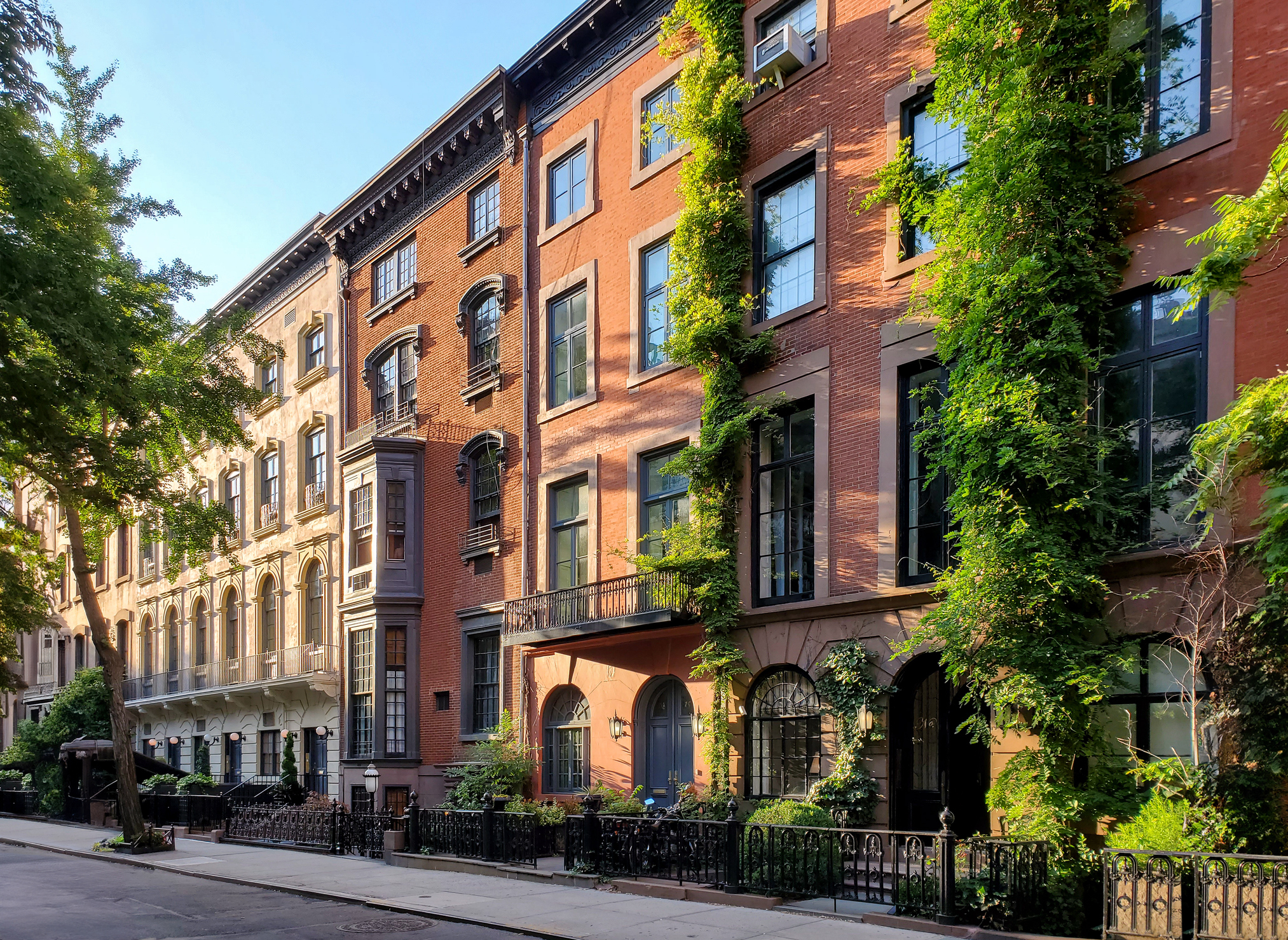
Historic block of apartment buildings on 9th Street in the Greenwich Village neighborhood of Manhattan
In the past decade, the number of ultra-wealthy individuals has surged, according to Altrata’s World Ultra Wealth Report (PDF). Among the top 10 cities they call home, New York City continues to lead, with 21,380 ultra-wealthy residents — a 23.4% increase from 2024.
Hong Kong, Los Angeles, San Francisco and Chicago follow as the next most popular destinations, while Tokyo, London, Dallas, Washington, D.C., and Houston complete the top 10. Together, these cities account for one-fifth of the global ultra-rich population.
Their dominance stems from a powerful mix of finance, culture and connectivity. These global hubs offer unmatched opportunities, making them enduring favorites for the world’s wealthiest homeowners.
Curious about today's mortgage interest rates? Explore and compare some of today's top offers with the tool below, powered by Bankrate:
The new hot spots rising fast
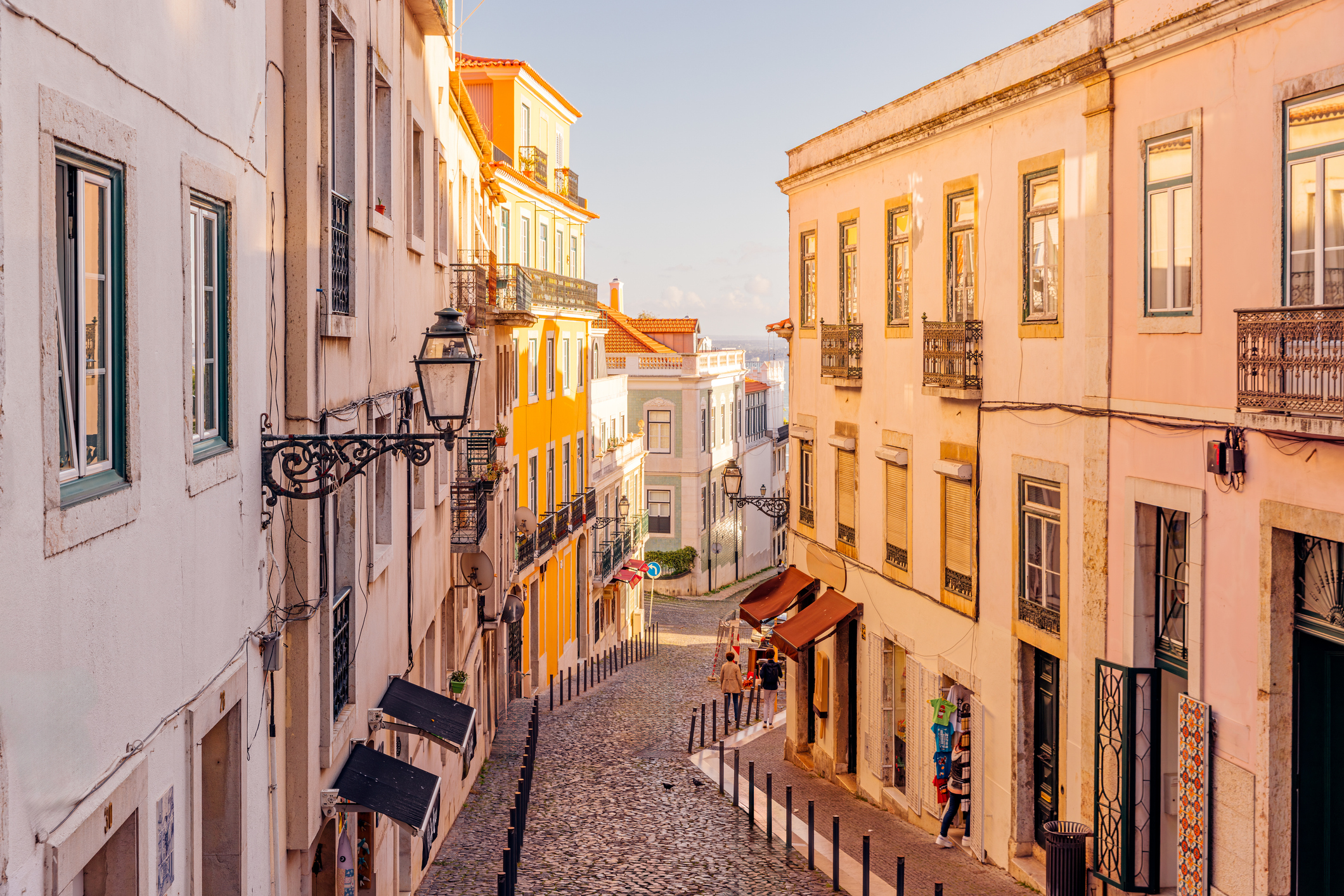
Sunny streets of Alfama, Lisbon, Portugal
New hot spots also draw the ultra-wealthy. Miami has emerged as both a primary and secondary home market, with Realtor.com ranking the Miami/Fort Lauderdale/West Palm Beach metro as the nation’s second top city for the ultra-wealthy in 2025.
While Miami’s cost of living is 11.5% above the national average, 43.8% of its residents own their homes outright, which is well above average when compared with other cities. Combined with a vibrant cultural scene, prime coastal location and Florida’s lack of state income tax, Miami remains a top draw.
Expats seeking tax-friendly destinations are also gravitating toward Dubai and Lisbon. Dubai’s high cost of living is offset by the United Arab Emirates’ zero income tax and a low 9% corporate tax rate, while Portugal offers generous exemptions on many types of foreign income for up to 10 years, making Lisbon a cost-saving haven for the wealthy.
Beyond these financial capitals, Florida’s coastal towns and Mediterranean cities increasingly appeal to second-home buyers looking to split their time between luxury lifestyles and idyllic climates.
What makes these cities magnets for the ultra-rich
Several factors are fueling these luxury real estate trends among billionaire buyers. Tax incentives, from favorable laws to strategic planning, help the ultra-rich reduce their overall burdens. Residency programs also make relocation easier, while political stability adds to the appeal of certain destinations.
Lifestyle is another powerful draw. Warm climates such as Florida’s, world-class golf courses, high-end shopping districts and vibrant cultural scenes all attract wealthy buyers seeking both comfort and prestige.
Luxury real estate is also viewed as a safeguard in uncertain times. Even during economic downturns, high-end properties tend to hold their value, making them a reliable investment and a hedge against inflation.
What’s next: The cities to watch
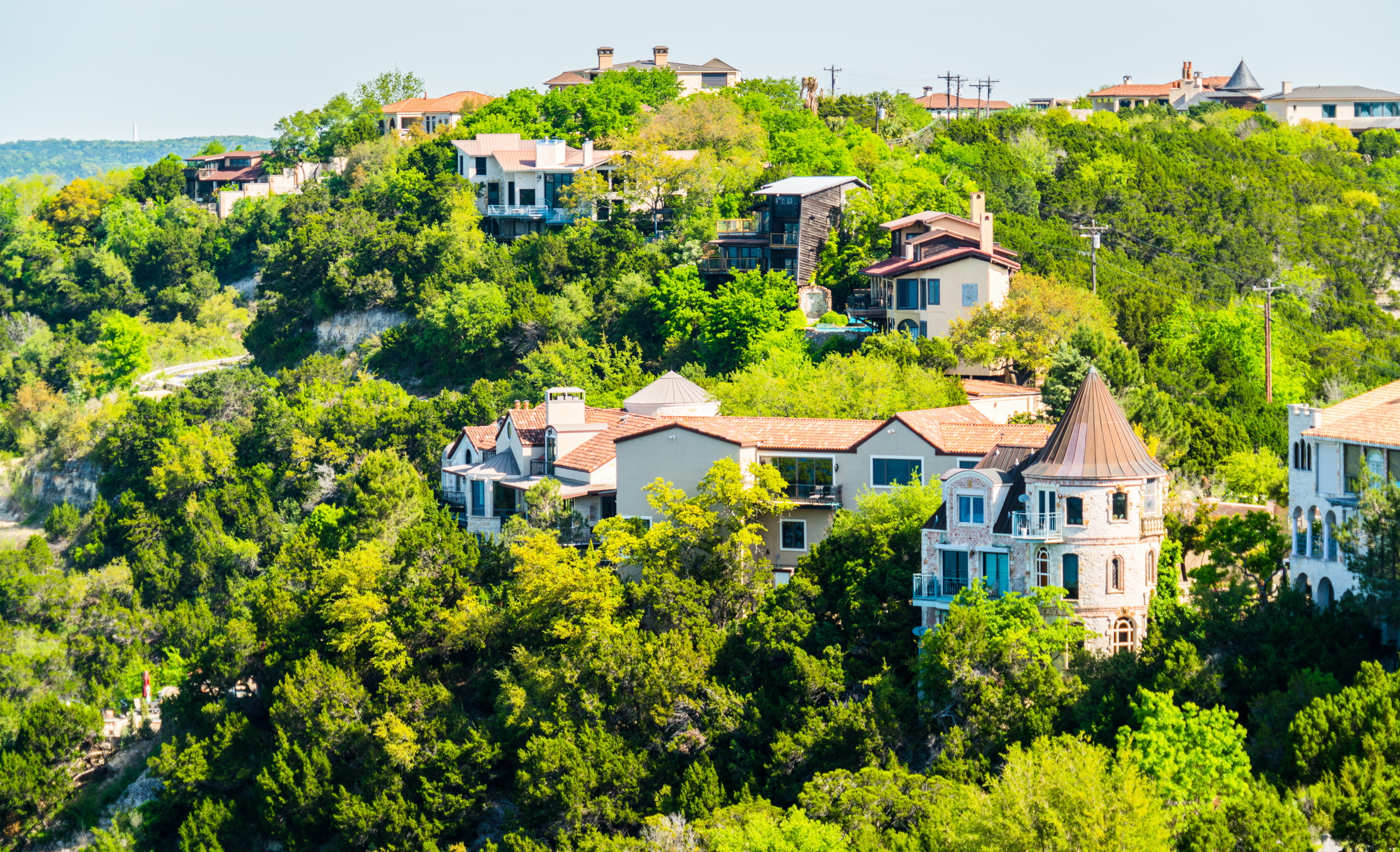
Mansions and hill top homes in Austin - West Lake
Cities such as Austin, Aspen and Naples are also becoming ultra-rich real estate destinations. According to the Altrata report, factors such as remote working trends, lifestyle appeal and the growth of emerging technology and finance hubs makes such cities appealing.
With the rise of remote work, the ultra-rich and the general public have more available real estate options. Rather than being tied to locations by a reasonable commute, individuals who work remotely can move almost anywhere with a reliable internet connection.
Private jets give the ultra-rich the freedom to buy homes wherever they choose, while global mobility programs — when companies relocate employees abroad for short- or long-term assignments — also shape where wealthy buyers settle.
Demand in Asia and the Middle East is shifting, according to the Altrata report. Regional conflict has slowed growth in the Middle East, with only moderate gains in both the number of ultra-wealthy individuals and their total net worth from 2024 to 2025.
Asia, by contrast, is expected to see the strongest growth in its ultra-wealthy population through 2030, fueled in part by the expanding Indian economy. The Middle East is projected to post the weakest growth in that same period, highlighting a clear shift in global wealth markets.
What it means for local markets
As new real estate hot spots emerge, rising demand is pushing up prices in prime neighborhoods. While higher costs aren’t a concern for the ultra-rich, they can make these areas inaccessible for other buyers. In many cases, an influx of wealthy residents accelerates gentrification, displacing long-term communities.
Higher property values also drive up tax bills. For existing homeowners — especially elderly residents on fixed incomes — steeper taxes can lead to delinquencies, foreclosures and ultimately, being forced out of their homes.
At the same time, shifting markets create opportunities for developers and brokers. By tailoring properties and services to meet the expectations of the ultra-rich, real estate professionals can tap into a lucrative and growing segment.
Following the money
The ultra-rich often act as trendsetters in global real estate, offering clues about where wealth and influence are headed next.
Their choices, shaped by economic opportunity, culture and lifestyle appeal, can signal which destinations are poised to become the next hot markets.
Related Content
Profit and prosper with the best of Kiplinger's advice on investing, taxes, retirement, personal finance and much more. Delivered daily. Enter your email in the box and click Sign Me Up.

Paige Cerulli is a freelance journalist and content writer with more than 15 years of experience. She specializes in personal finance, health, and commerce content. Paige majored in English and music performance at Westfield State University and has received numerous awards for her creative nonfiction. Her work has appeared in The U.S. News & World Report, USA Today, GOBankingRates, Top Ten Reviews, TIME Stamped Shopping and more. In her spare time, Paige enjoys horseback riding, photography and playing the flute. Connect with her on LinkedIn.
-
 It's Beginning to Look a Lot Like a Santa Rally: Stock Market Today
It's Beginning to Look a Lot Like a Santa Rally: Stock Market TodayInvestors, traders and speculators are beginning to like the looks of a potential year-end rally.
-
 The 2026 Retirement Catch-Up Curveball: What High Earners Over 50 Need to Know Now
The 2026 Retirement Catch-Up Curveball: What High Earners Over 50 Need to Know NowUnlock the secrets of the 2026 retirement catch-up provisions: A must-read for high earners aged 50 and above.
-
 How Much a $100K Jumbo CD Earns You
How Much a $100K Jumbo CD Earns YouYou might be surprised at how fast a jumbo CD helps you reach your goals.
-
 How Much Income You Really Need to Afford a $500,000 Home
How Much Income You Really Need to Afford a $500,000 HomeAs home prices increase, the income needed for a house is also climbing. We break down what you need to earn to afford a $500,000 home.
-
 How Much Would a $50,000 HELOC Cost Per Month?
How Much Would a $50,000 HELOC Cost Per Month?Thinking about tapping your home’s equity? Here’s what a $50,000 HELOC might cost you each month based on current rates.
-
 Should You Tap Your Home Equity Before 2026?
Should You Tap Your Home Equity Before 2026?As borrowing rates and tax law shifts converge, here's what homeowners need to know before pulling equity out of their home.
-
 11 Cities With the Cheapest Groceries in the US
11 Cities With the Cheapest Groceries in the USIf you live in one of these 11 cities, you're paying less than the rest of the country to keep your fridge stocked.
-
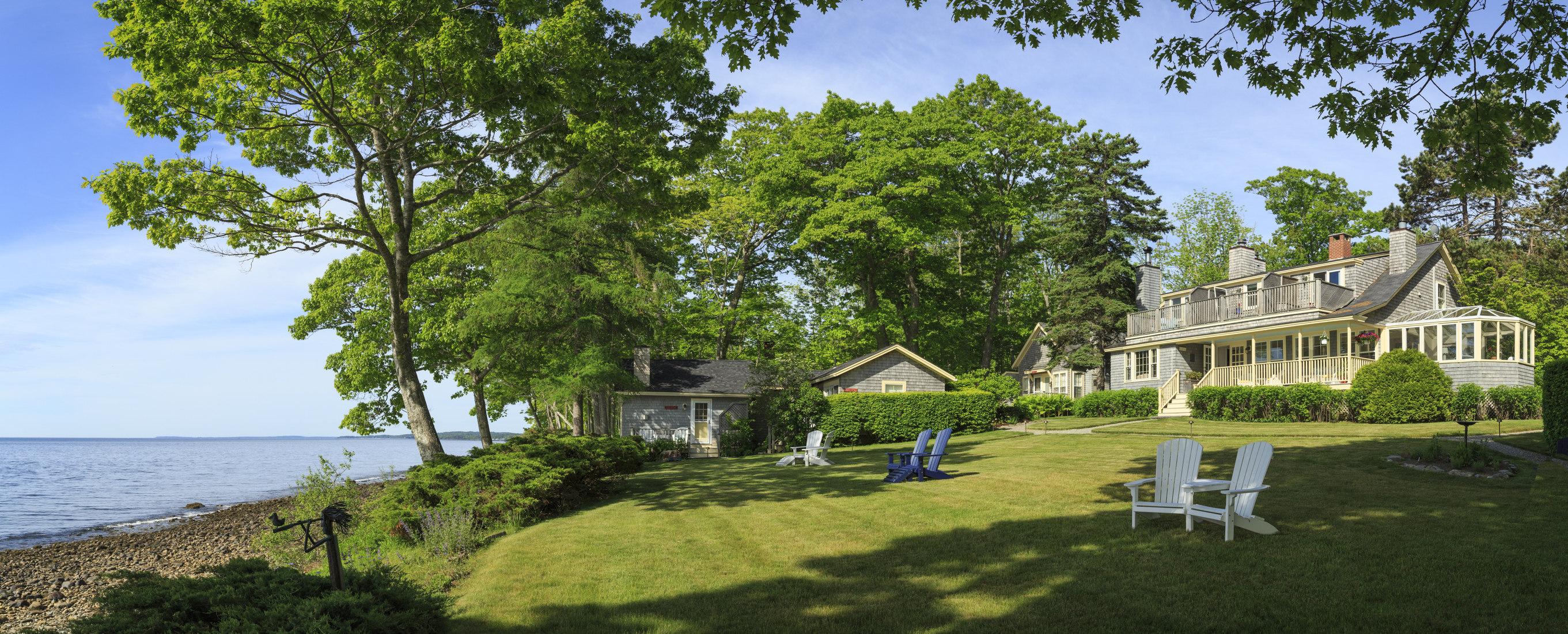 My $1.2 Million Vacation Home Has a $360K Mortgage. I Don't Need My Upcoming $45K RMD. Should I Use It to Pay Down the Mortgage?
My $1.2 Million Vacation Home Has a $360K Mortgage. I Don't Need My Upcoming $45K RMD. Should I Use It to Pay Down the Mortgage?We asked wealth planners for advice.
-
 5 Simple Fixes to Save on Heat Bills This Winter
5 Simple Fixes to Save on Heat Bills This WinterWith fuel prices expected to rise 10% or more this winter, making your home more energy efficient will really pay off.
-
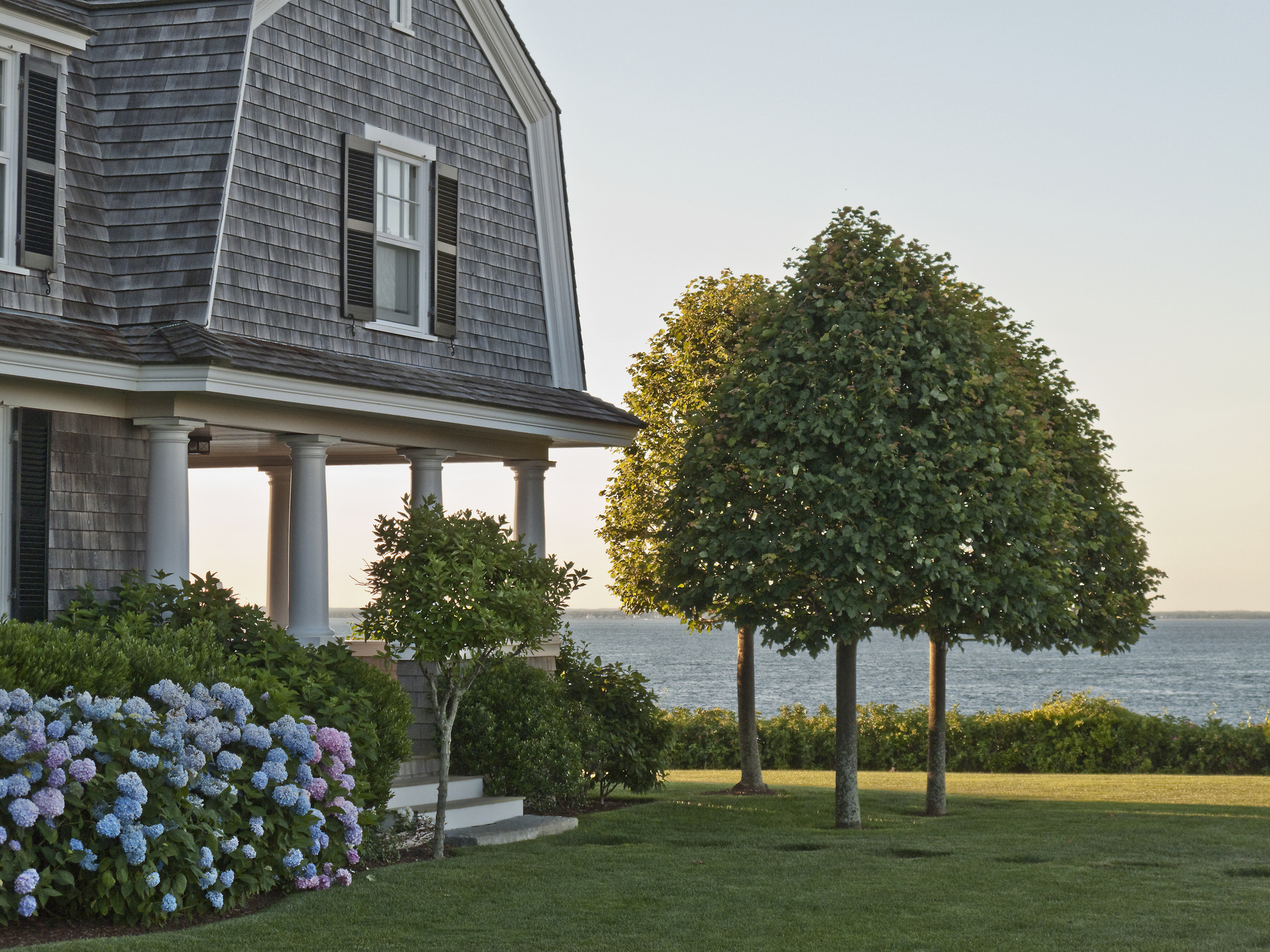 5 Charming Small Towns Where America's Wealthy Retire
5 Charming Small Towns Where America's Wealthy RetireDiscover 5 small communities in the U.S. for affluent retirees — where charm outweighs the cost.
-
 I'm a Real Estate Investing Pro: This High-Performance Investment Vehicle Can Move Your Wealth Up a Gear
I'm a Real Estate Investing Pro: This High-Performance Investment Vehicle Can Move Your Wealth Up a GearLeave online real estate investing to the beginners. Accredited investors who want real growth need the wealth-building potential of Delaware statutory trusts.